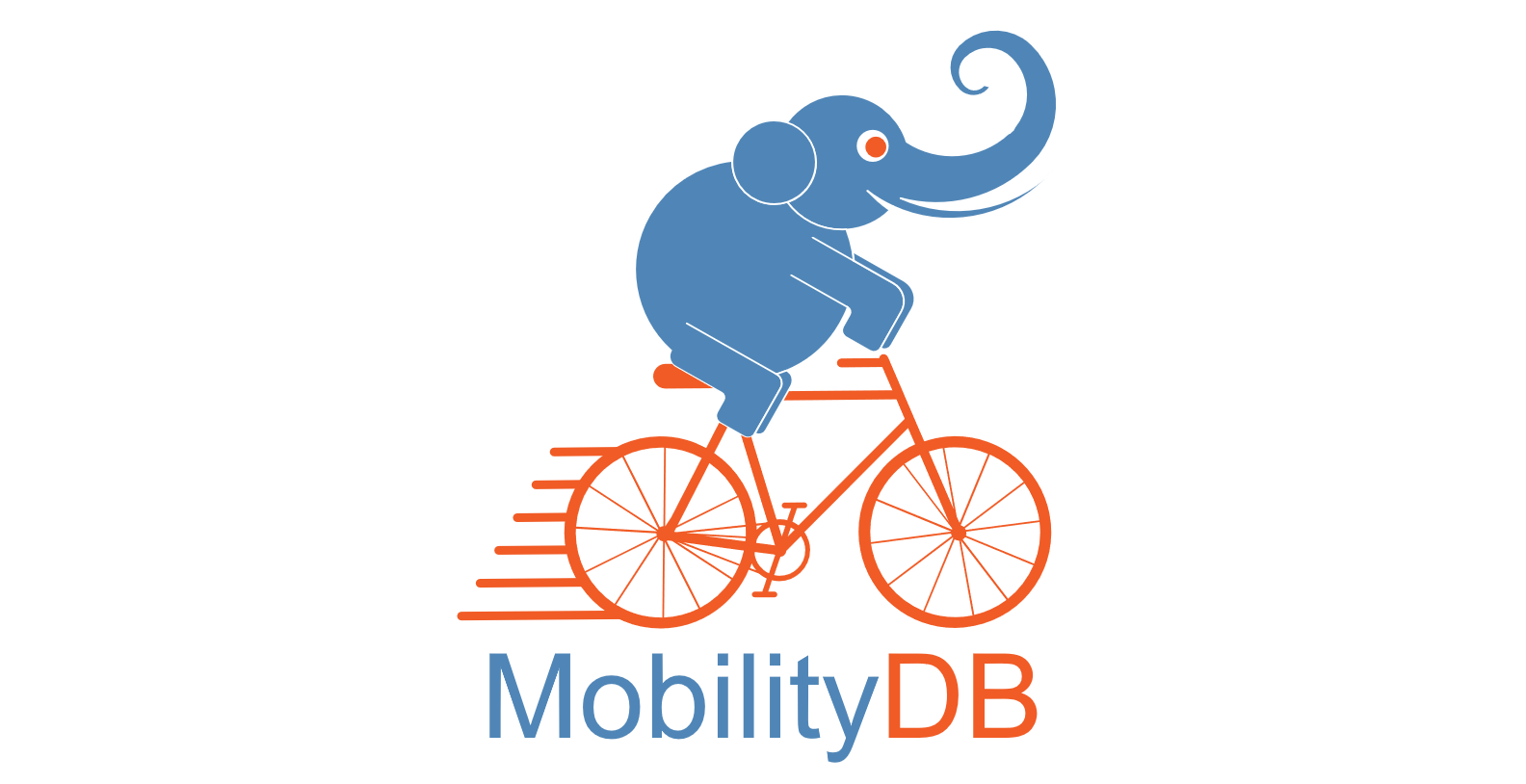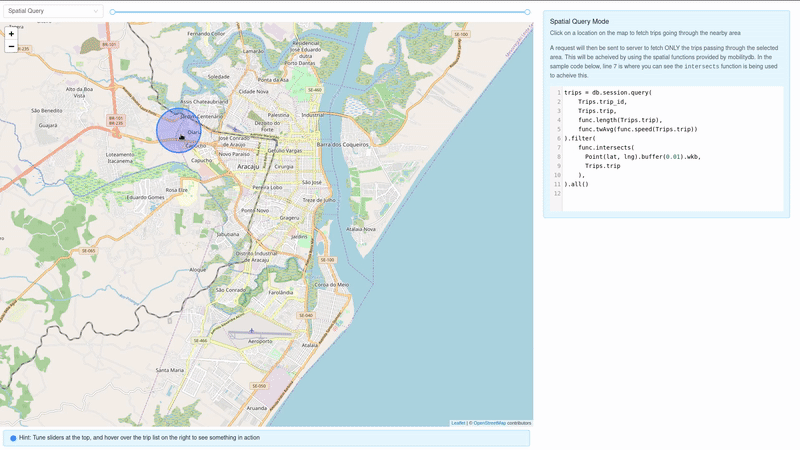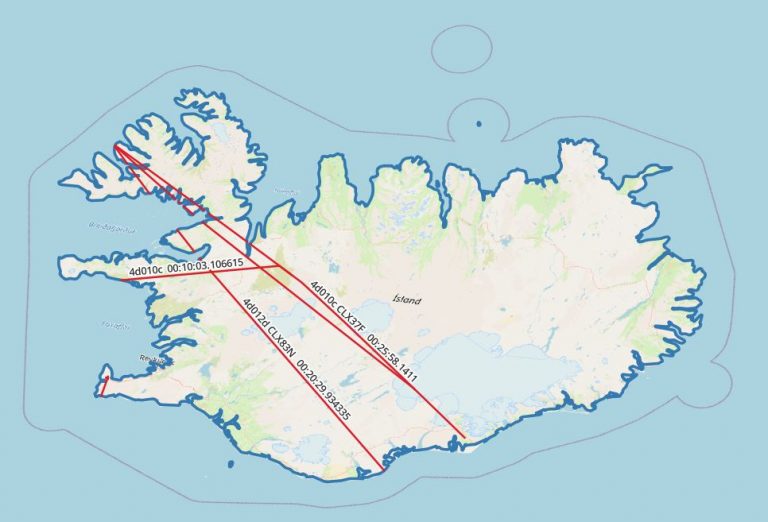Mosgortrans Mobility Department
Nina Belyavskaya works at Mosgortrans Mobility Department, whose mission to optimize road public transport routes and timetables in Moscow, Russia. She reported her experience of migrating from PostGIS to MobilityDB in PGConf.Russia 2020
Have a look at the conference.Digital taxi-top advertising
Bommakanti Krishna Chaitanya works at Adonmo, a company specialized in digital taxi-top advertising.
He reported his experience on using MobilityDB together with SQLAlchemy hereCovid pandemic
Florian Nadler works at Cybertec, a company specialized on Data Science using PostgreSQL. He reported his experience on using MobilityDB for intersecting tracks of persons in the context of the Covid pandemic here
He reported his experience on using MobilityDB for intersecting tracks of persons in the context of the Covid pandemic hereAnalyzing historical flight data with MobilityDB
Second article from Florian Nadler about MobilityDB. He invests some time and showcase MobilityDB’s rich feature stack by analyzing historical flight data from OpenSky-Network, a non-profit organisation which has been collecting air traffic surveillance data since 2013.
This article covers all the steps needed to quick-start analyzing spatio-temporal data with PostGIS and MobilityDB together. View on Github
View on Github






